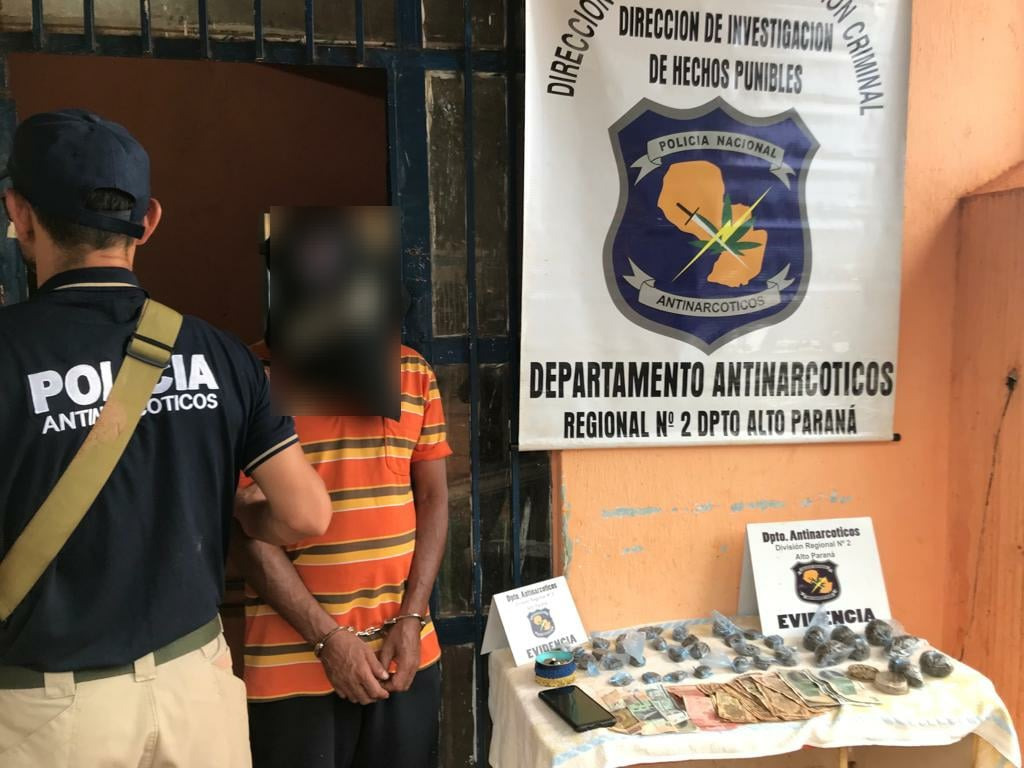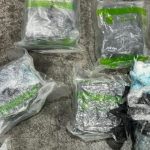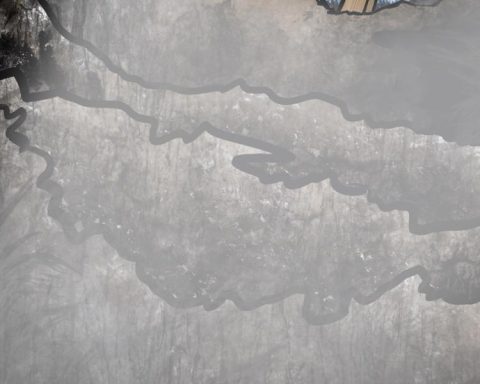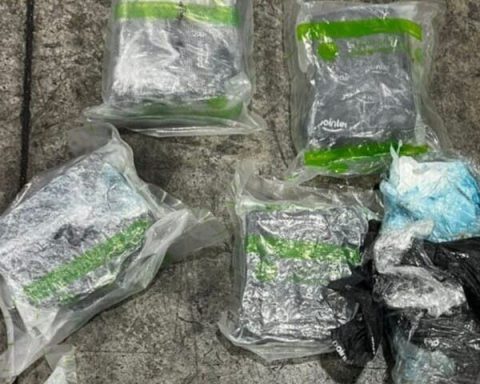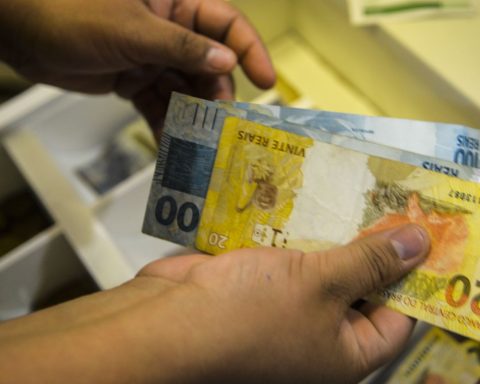Schistosomiasis is a parasitic disease, it is acquired through exposure to fresh water contaminated with human feces infected by the parasite through bathing in lakes, estuaries and streams.
It is caused by worms of the genus Schistosoma, it is common in rural populations and developing tropical areas. The only species in the Americas that is associated with intestinal schistosomiasis is Schistosoma mansoni.
The reservoir of this disease is the “two navel snails”, which act as intermediate hosts, since it penetrates into it, transforming into cercariae.
Transmission to people occurs when cercariae, which swim freely in the water, penetrate the skin of humans bathing in water contaminated by snails (genus Biomphalaria) that are specifically reservoirs of Schistosoma.

Symptoms.
HOW IT IS TRANSMITTED
The cercariae is a larva with a forked tail that leaves the intermediate host (which, as we said, are the “two navel snails”), disseminating itself in the water, ready to infect the definitive host, which is man.
The person expels the parasite eggs through feces. The egg, being in contact with water in suitable conditions, hatches becoming Miracidium.
The Miracidium is a ciliated larva that swims looking for the snail (intermediate host) and thus transmission occurs.
PREVENTION
To prevent Schistosomiasis it is important not to enter unknown waters, avoid the use of dry latrines, try to build a cesspool in the home and boil the water for all consumption for at least two minutes.
It should be noted that in Paraguay no autochthonous cases of the disease have been detected, but surveillance is still active in the south of the country so that there is no risk of introduction.
In this context, SENEPA officials constantly hold educational talks at various educational institutions in the department of Itapúa, also handing out vials for collecting samples for later analysis.

Way to prevent disease.
